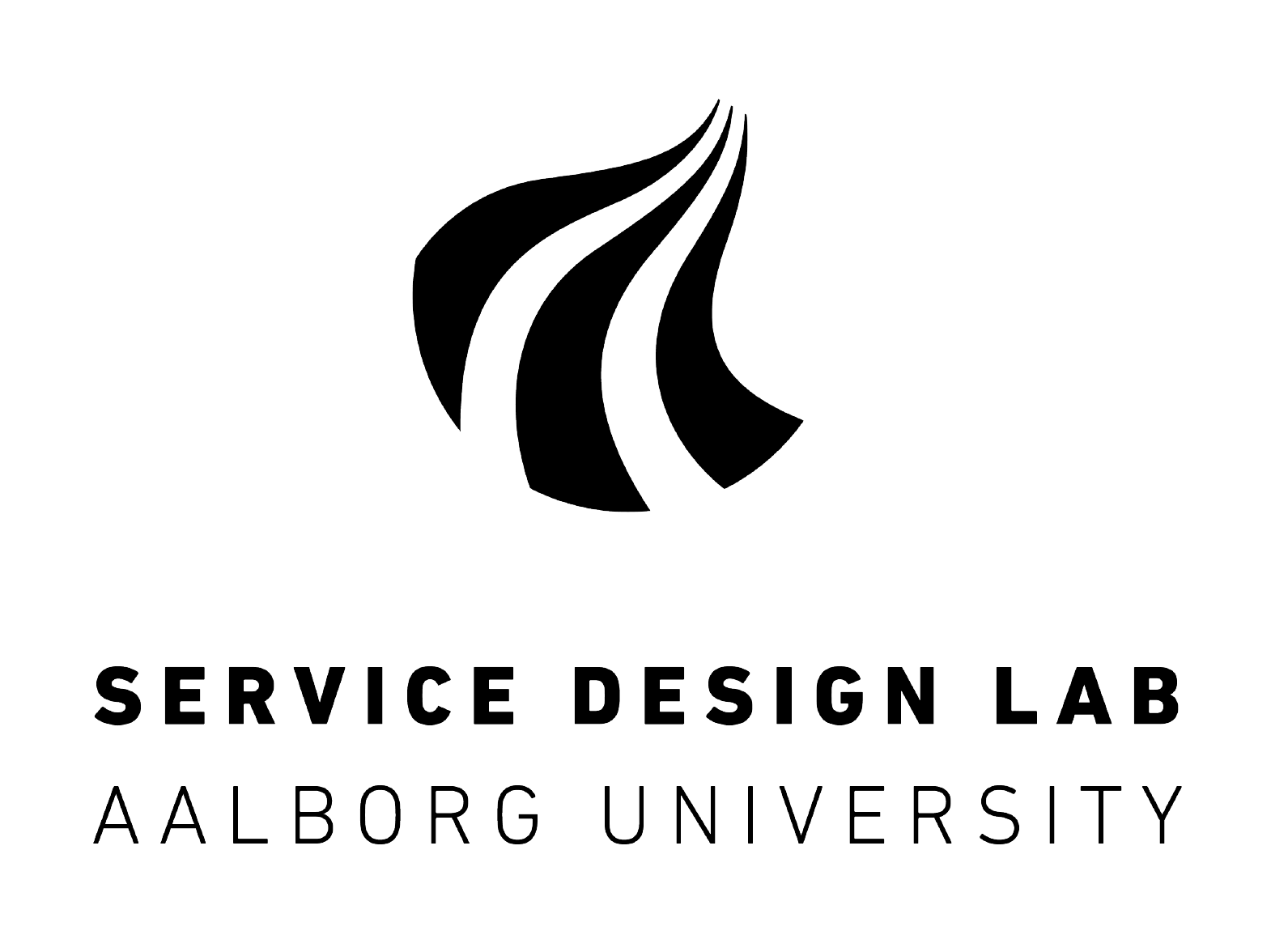The book features two chapter contributions by Amalia de Götzen, Nicola Morelli, Rike Neuhoff and Luca Simeone from the Service Design Lab.
Authored by Johan Blomkvist, Simon Clatworthy, and Stefan Holmlid, The Materials of Service Design, challenges conventional views of service design by exploring an expansive range of “materials” that shape the field, from social structures and conversations to data and human interactions. The book provides a fresh perspective on the tangible and intangible elements that influence design processes, offering new frameworks and approaches for practitioners, educators, and students.
“Fundamentally, designers should understand the materials with which they work, how they fit together and interact. The Materials of Service Design is at once rigorous, readable and practically applicable. It is essential reading for anyone working in the field, valuable to practitioners and academics alike.”
– Andy Polaine, Design Leadership Coach
The chapter “Data as Material”, co-authored by Amalia de Götzen, Nicola Morelli, and Luca Simeone, highlights the role of data as a dynamic and evolving material in service design. In an interview with Chris Downs, the authors introduce a framework for working with data across four stages—collection, modeling, rendering, and control—emphasising how data can be used to shape experiences and influence design outcomes in new and meaningful ways. The chapter advocates for a design-driven approach to data, integrating it throughout the design process while addressing ethical considerations and opportunities for innovation.
“Thinking: An Underexplored Service Design Material” by Rike Neuhoff, Luca Simeone, and Lea Holst Laursen (also from Aalborg University) explores thinking as a material in service design. The authors argue that thinking, though immaterial and intangible, plays a crucial role in navigating complex, paradoxical contexts often encountered in service design.
Redefining what constitutes the “material” of service design, this book is a transformative read for practitioners and academics alike, paving the way for new perspectives in the field.
For more information, follow this link.

